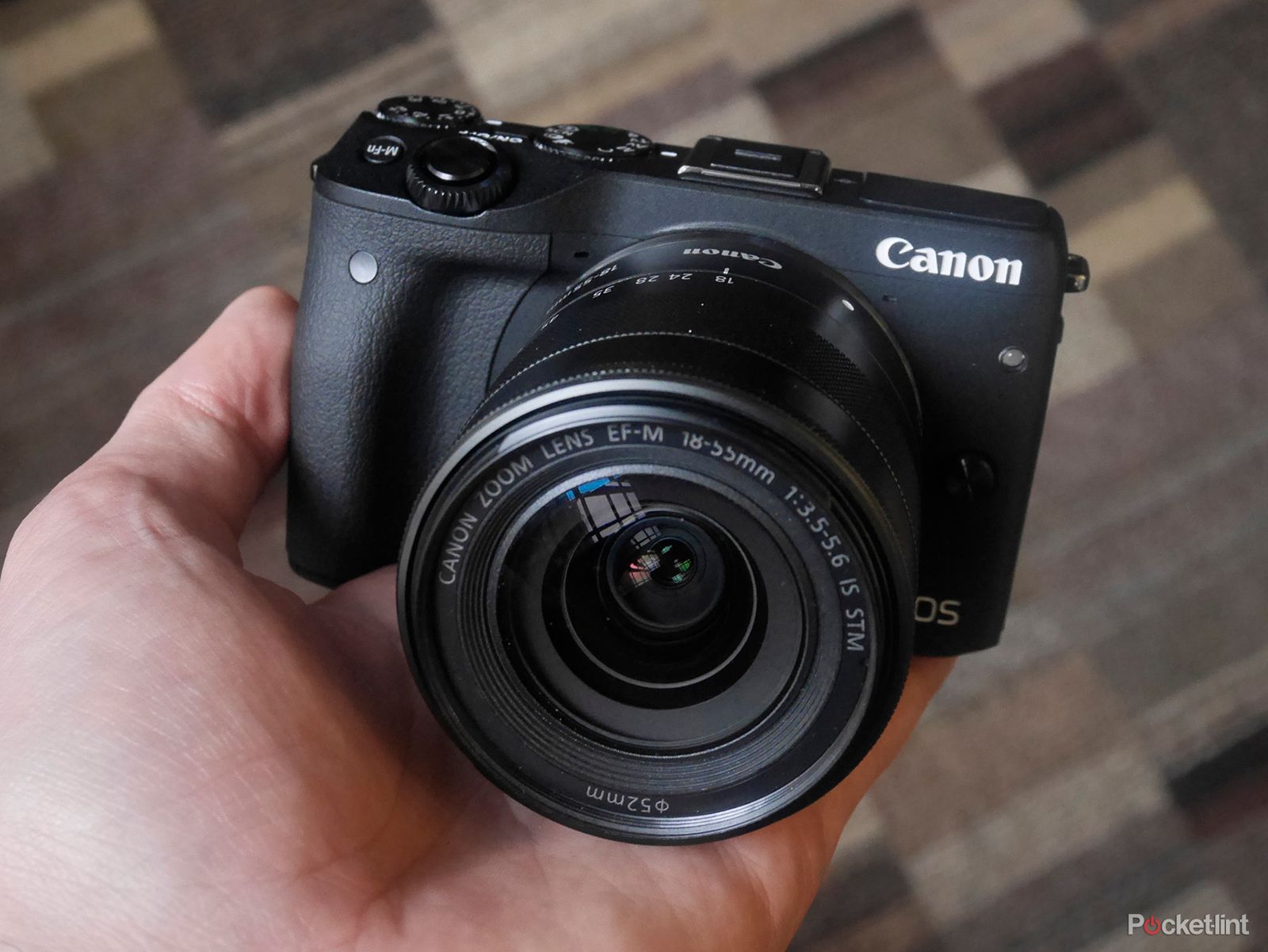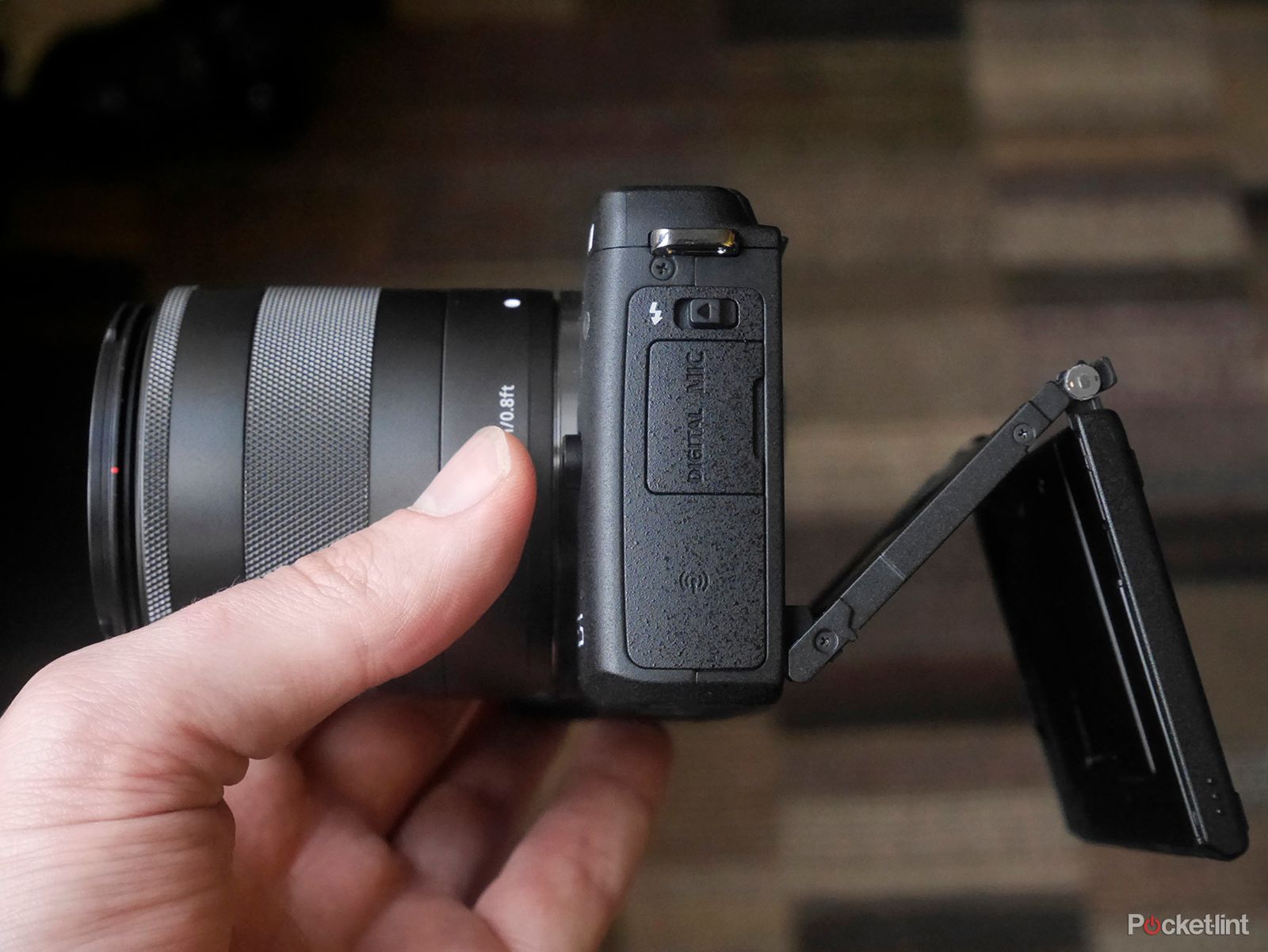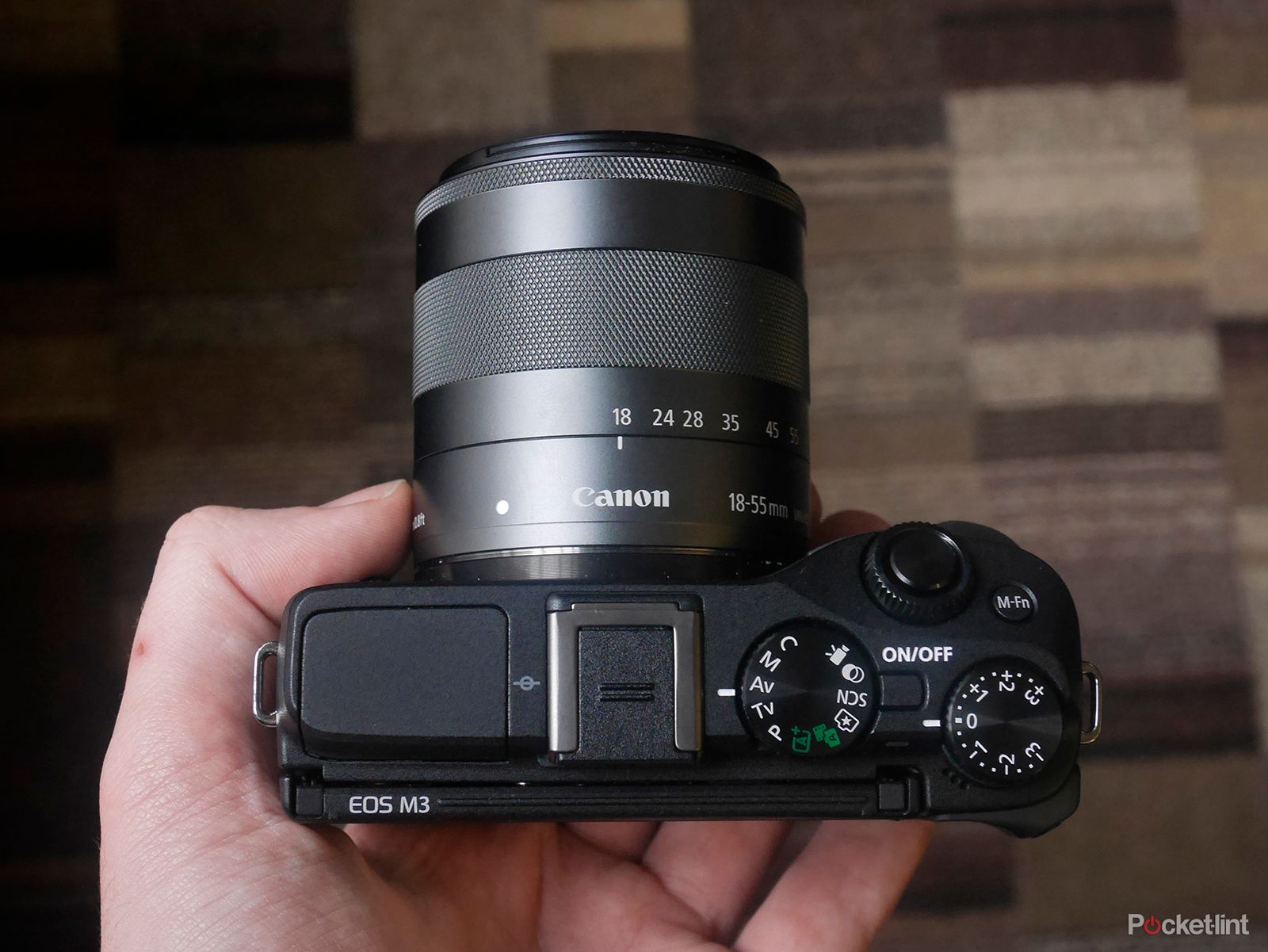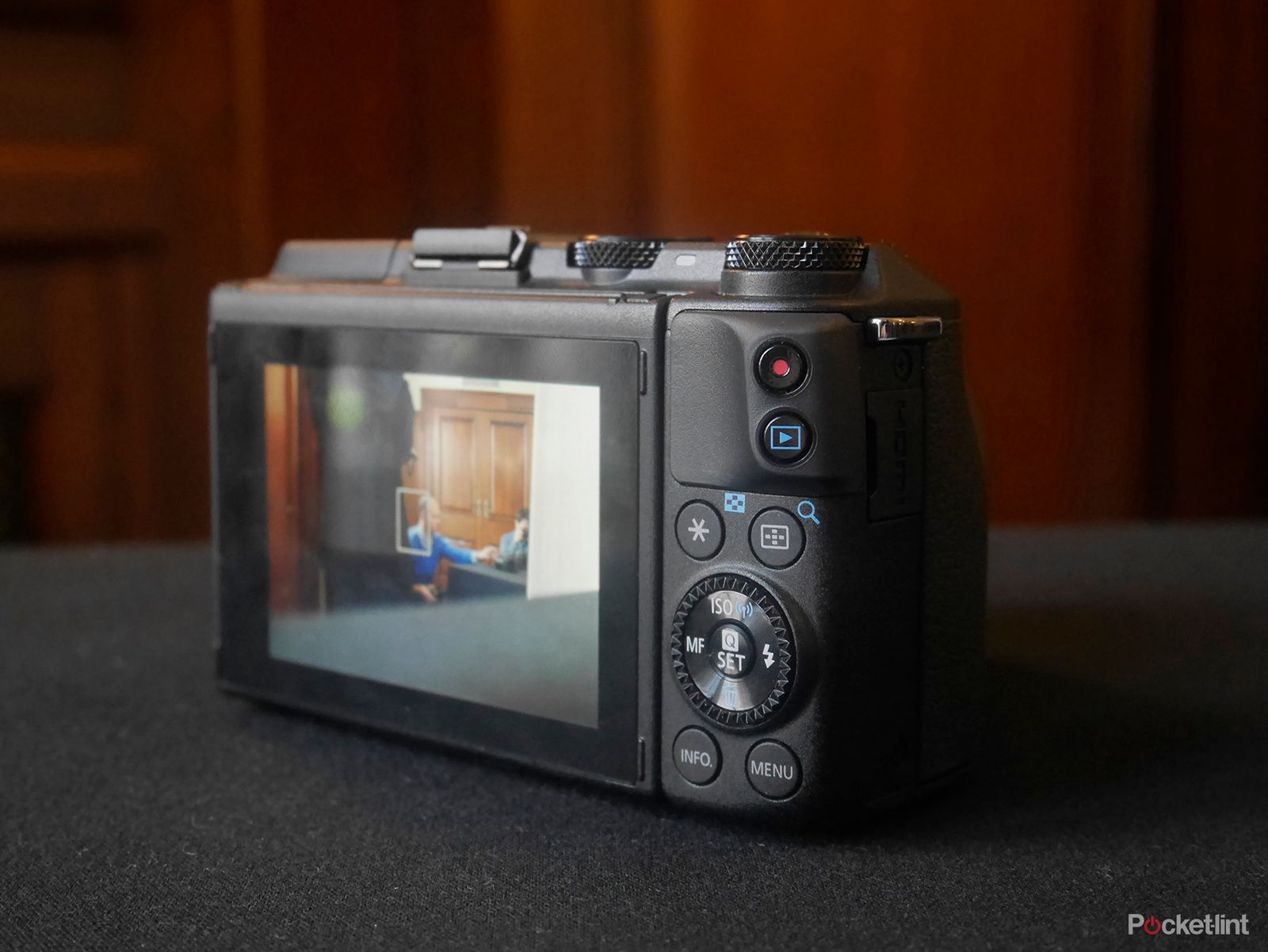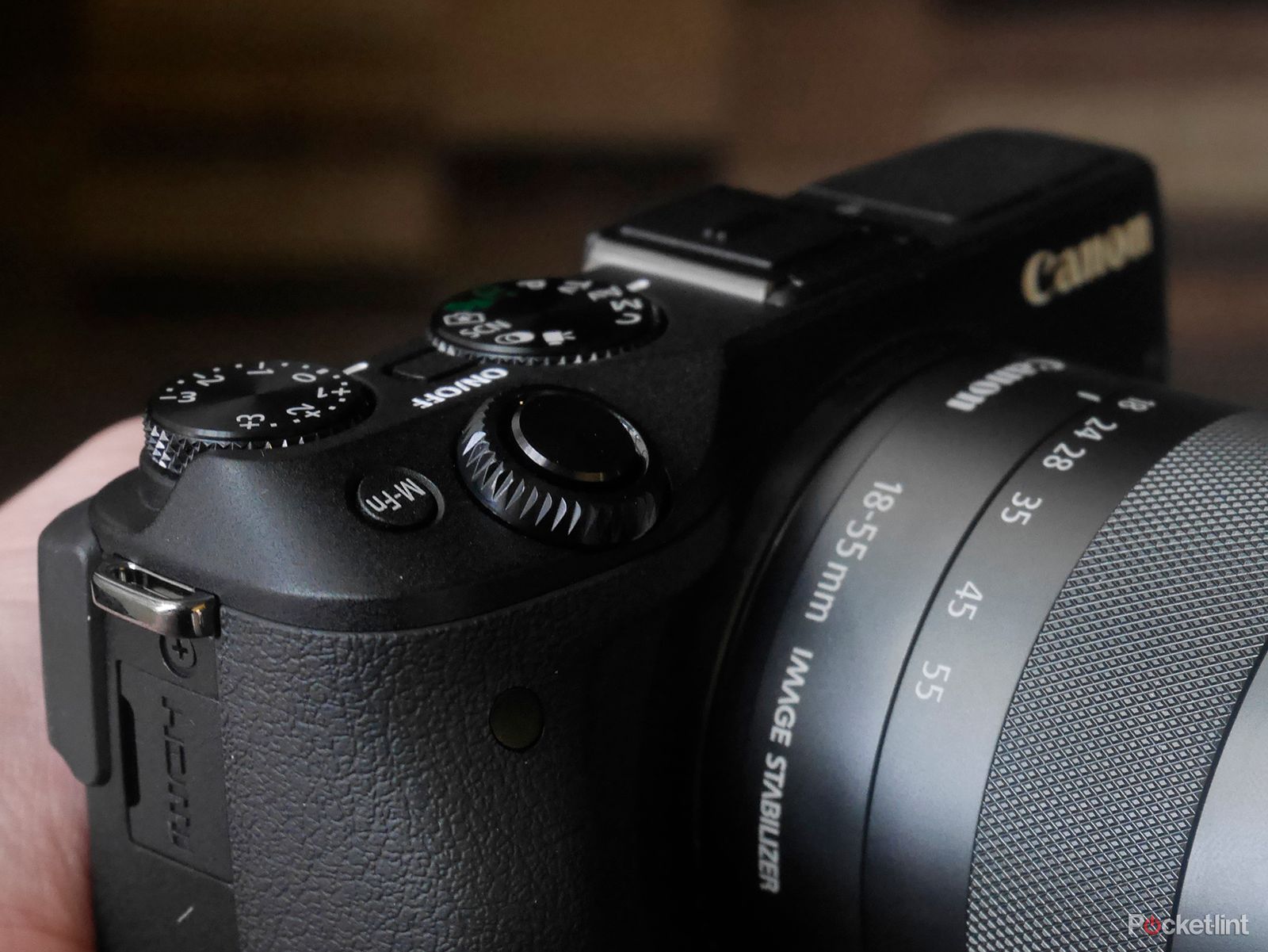Canon makes great DSLR cameras, there's no doubt about that. But in 2012 when the company dipped into the mirrorless market with the EOS M, it was unusually behind the curve. The EOS M2 appeared in Asia to try and fill a gap, some firmware update appeared to try and better the poor autofocus, and then it all went quiet.
The EOS M3 tries to make some noise by attempting to reinvent the M-series, gunning for the more advanced photographer. But it might be screaming into a sound-proofed room, because we don't struggle to see how it fits into Canon's line-up.
On the one hand the EOS M3 is a massive improvement over the original, adding a cool tilt-bracket touchscreen LCD screen for selfies, front thumbwheel, and dedicated mode dial, so kudos for that. On the other, it's still behind the mirrorless market curve in performance terms, with its EF-M mount also having the fewest lenses of any mirrorless system out there.
Lenses might not be the be-all end-all of the situation, but we happened to have an Olympus OM-D EM-1 and Panasonic Lumix GF7 in tow when we saw the EOS M3 behind closed doors ahead of its unveiling. And that posed a problem, one because they have a far more considerable lens offering, but also because of autofocus ability.
READ: Best compact system cameras 2015
Although the EOS M3 is apparently over six times faster to autofocus than the original EOS M (after the firmware update) thanks to the new Hybrid CMOS III AF System, it's still not nearly capable of matching more budget competitors such as the Lumix GF7. It is faster than the original, but the fancy talk of phase detection pixels on a sensor's surface has little impact when it can't live up to the competition. We tried the GF7 side-by-side with the EOS M and the Panasonic was noticeably quicker.
One obvious reason to buy into Canon is its imaging heritage, as it's a company that knows how to do image quality. That was the original EOS M's saving grace, and with the EOS M3 featuring the same 24.2-megapixel APS-C sensor as found in the EOS 750 and EOS 760 DSLR cameras, that's set to continue.
But, to quote Canon, it's the same sensor as those models, so the position of the M is almost undermined by its DSLR cousins. Same sensor, different lens mount (EF-M vs EF-S) means a whole different package, which feels confusing. Yes the flangeback distance is different and the lenses are therefore a little bit smaller - but for the £600 price point, there are so many solid competitors or, of course, great Canon DSLR options available.
Not that the EOS M3 can be discarded to the big camera bin in the sky just yet, as its improvements are a push forward. In the hand it feels like a solid wedge, the 110.9 x 68.0 x 44.4mm body feels well built, with an ample grip to grab ahold.
The clear move away from the compact-like point-and-shoot nature of the original M to a more advanced layout too. There's still the touchscreen control, which is suitably responsive, but those dials make for better quick-access of controls than before. It just looks and feels like a more considered camera.
Because, all told, it is a better considered mirrorless camera with plenty of other features. Optional accessories, including a separate viewfinder; Wi-Fi for remote control and sharing images; Canon Speedlite flash compatibility; 1080p movies at 30/25/24fps in MP4 format - there are clear glimmers of Canon greatness.
But there's just not that overall sparkle. Three years there would have been, but in 2015 Canon still seems to be behind the mirrorless market curve, in the same way Nikon's distinct approach has struggled to maintain much gravitas with the press.
Available April, the EOS M will cost £600 with bundled 18-55mm f/3.5-5.6 kit lens.
READ: Canon EOS M5 review: 'Mirrorless 80D' fails to faze its compact system competition

